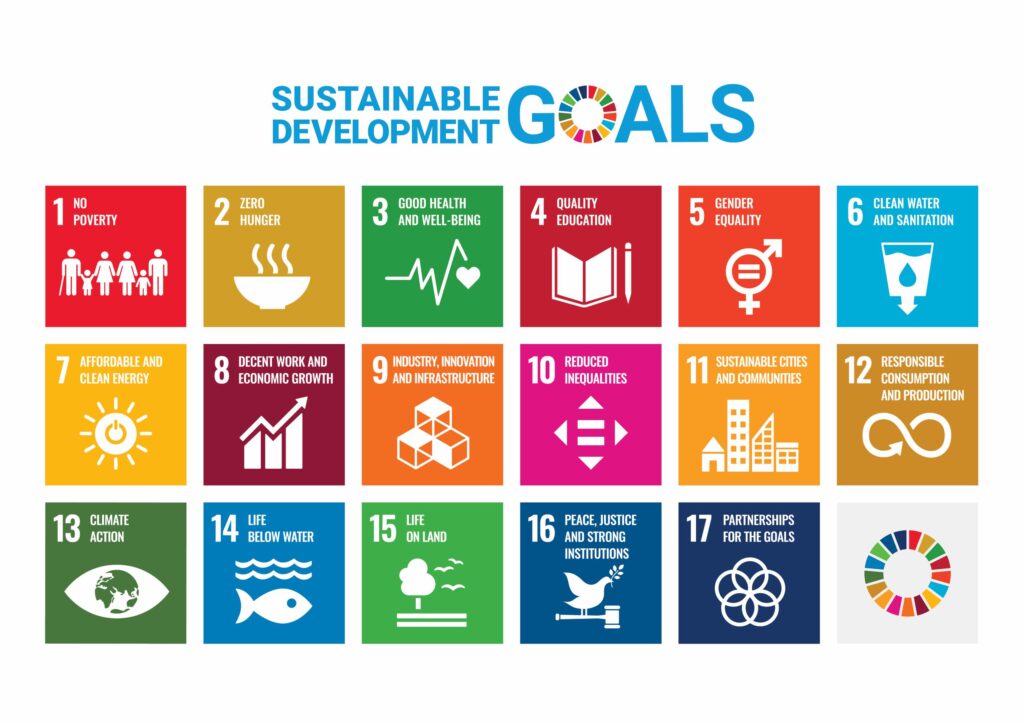Evaluating Water Quality in Northern and Eastern Coastal Zones of Sri Lanka: A Baseline Study for Environmental Monitoring and Conservation
DOI:
https://doi.org/10.5281/zenodo.14558081Keywords:
Water Quality Index, Coastal, Sri Lanka, Northern, EasternAbstract
The coastal area of Sri Lanka that accounts for nearly 1650 km stretch functions as a major source of livelihood, habitat, tourism, aquaculture, and trade. Although the coastal area offers a wide range of benefits to almost 55% of Sri Lanka’s Population, the coastal areas face severe threats due to factors such as aquatic pollution, coastal erosion, ecosystem degradation, urbanization, and sand mining. Therefore, to sustain the ecosystem stability and conserve of the coastal environment, it is crucial to conduct environmental monitoring of the coastal environment. However, a significant number of water quality assessments have been already carried out so far, only targetting the Western and Southern coastal zones of Sri Lanka. Therefore, this study intends to assess the marine water quality in selected locations (Total=26 Locations) in Northern (Mannar, Pooneryn, Kilinochchi, Jaffna, Mullaithivu) and Eastern (Trincomalee) coastal zones. Water samples were collected from these locations and both in-situ and laboratory analyses were carried out for Physico-chemical parameters (pH, Dissolved Oxygen (DO), Biological Oxygen Demand (BOD), Chemical Oxygen Demand (COD), Nutrients- Nitrates, Nitrites, and Ammonia, Turbidity, Total Dissolved Solids (TDS), Total Suspended Solids (TSS) following APHA standards. Based on the data collected, water quality was assessed using a Water Quality Index and R- statistical Programming software. The results show that statistically significant differences in TDS (P=0.004), COD (P= 0.036), and Nitrites (P=0.009) levels were found between all the locations during ANOVA, nevertheless no significant variation in COD during HSD test. The heat map analysis of water quality index model suggested that some of the locations in Mannar, Pooneryn, and Jaffna have indicated very poor water quality, while Trincomalee and Mullaithivu exhibited moderate to good water quality for selected locations. Overall, these results deliver us a clear picture to understand the current status of each of this selected location based on the water quality parameters. Therefore, it can be concluded that water quality monitoring and application of the water quality index approach should be carried out in each costal district to develop a database that can be inevitably referred to as baseline information during coastal ecosystem management, conservation efforts and even during any emergency case mitigation such as oil spills and ship fire incidents.
References
Ali S, Darsan J, Singh A, Wilson M (2018) Sustainable coastal ecosystem management – an evolving paradigm and its application to Caribbean SIDS. Ocean & Coastal Management 163:173–184. https://doi.org/10.1016/j.ocecoaman.2018.06.004
Bandara N.J.G.J. 2003. Water and wastewater related issues in Sri Lanka. Water Science Technology. Vol 47 (12): 305–312. doi: https://doi.org/10.2166/wst.2003.0661
Census of Sri Lanka. (2012). “Census of population and housing”. Provisional information based on 5% sample. pp 1-102.
Li H., Ye S., Ye J., Fan J.,Gao M., Guo H. 2017. Baseline survey of sediment and marine organisms in Liaohe Estuary: Heavy metals, polychlorinated biphenyls and organochlorine pesticides. Marine Pollution Bulletin. Vol 114 (1) pp 555-563 https://doi.org/10.1016/j.marpolbul.2016.09.002
Manage P.M., Liyanage G.Y., Abinaiyan I., Madusanka D.A.T., Bandara K.R.V. 2022. Pollution levels in Sri Lanka’s west south coastal waters: Making progress toward a cleaner environment. Regional Studies in Marine Science. Vol 51. doi: https://doi.org/10.1016/j.rsma.2022.102193
Myers MR, Barnard PL, Beighley E, Cayan DR, Dugan JE, Feng D, Hubbard DM, Iacobellis SF, Melack JM, Page HM (2019) A multidisciplinary coastal vulnerability assessment for local government focused on ecosystems, Santa Barbara area, California. Ocean & Coastal Management 182:104921. https://doi.org/10.1016/j.ocecoaman.2019.104921
Ocean Health Index. (n.d.). Ocean Health Index 2023. Retrieved 29 August 2024 from https://www.oceanhealthindex.org/
Pires de Souza Araujo AC, Souza dos Santos D, Lins-de-Barros F, de Souza Hacon, S (2021) Linking ecosystem services and human health in coastal urban planning by DPSIWR framework. Ocean & Coastal Management 210:105728. https://doi.org/10.1016/j.ocecoaman.2021.105728
Weerasekara K.A.W.S, Jayampathi O.M.M.D, Hettige N.D., Azmy S.A.M, Amarathunga A.A.D, Wickramaarachchi W.D.N, Maddumage M.D.S.R, Jayawardena J.K.P.C, Narangoda, S.R.C.N.K, Rajapaksha R.M.G.N, Liyanage N.P.P. (2015). Assessment of water Pollution status of Selected Fishery Harbours located in Southern Province of Sri Lanka. Journal of Environmental Professional Sri Lanka. Vol 4 (2) pp 36-46 10.4038/jepsl.v4i2.7861
Suresh, A. Coast and the community: understanding public perceptions towards coastal ecosystems in the Northern Province, Sri Lanka. J Coast Conserv 28, 33 (2024). https://doi.org/10.1007/s11852-024-01035-4
Ahmed, Q., Elahi, N., Bat, L., & Yousuf, F. (n.d.). Physicochemical parameters and seasonal variation of coastal water from Balochistan coast, Pakistan. www.jclmm.com
APHA, AWWA, WEF. (2012). Standard Methods for Examination of Water and Wastewater. Washington: American Public Health Association.
Le, T. V., Nguyen, D. T. P., & Nguyen, B. T. (2023). Spatial and temporal analysis and quantification of pollution sources of the surface water quality in a coastal province in Vietnam. Environmental Monitoring and Assessment, 195(3). https://doi.org/10.1007/s10661-023-11026-xm254p111. (n.d.).
Rahmania, A., Iswantari, A., & Sulistiono. (2024). Pollution level in Domas coastal waters based on some water quality parameters. BIO Web of Conferences, 106. https://doi.org/10.1051/bioconf/202410602009
Aris, M., & Tamrin, T. (2020). Heavy Metal (Ni, Fe) Concentration in Water and Histopathological of Marine Fish in the Obi Island, Indonesia. Jurnal Ilmiah Platax, 8(2), 221–233. https://doi.org/10.35800/jip.8.2.2020.30673
Maradhy, E., Nazriel, R. S., Sutjahjo, S. H., Rusli, M. S., Widiatmaka, & Sondita, M. F. A. (2022). The Relationship of P and N Nutrient Contents with Chlorophyll-a Concentration in Tarakan Island Waters. IOP Conference Series: Earth and Environmental Science, 1083(1). https://doi.org/10.1088/1755-1315/1083/1/012077
Montgomery, D. C. (2013). Design and Analysis of Experiments (8th ed.). Wiley.
Tukey, J. W. (1949). Comparing Individual Means in the Analysis of Variance. Biometrics, 5(2), 99-114. https://doi.org/10.2307/3001913
Mukaka, M. M. (2012). A Guide to Appropriate Use of Correlation Coefficient in Medical Research. Malawi Medical Journal, 24(3), 69-71.
Downloads
Published
How to Cite
Issue
Section
License

This work is licensed under a Creative Commons Attribution-NonCommercial 4.0 International License.






